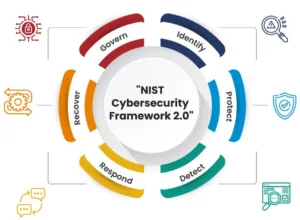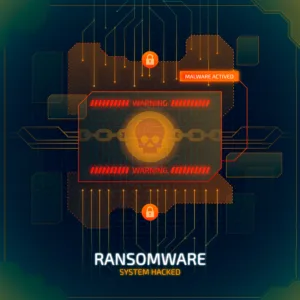
Table of Contents
In the age of virtual communication, platforms like Zoom have become integral to our daily lives, facilitating seamless connections in both personal and professional spheres.
However, as our reliance on these platforms grows, so does the need for heightened cybersecurity measures.
One crucial aspect of this defense is Zoom’s Vulnerability Impact Scoring System (VISS), a tool designed to assess and prioritize the severity of potential vulnerabilities within the platform.
Understanding Vulnerabilities in the Zoom Ecosystem
Before delving into the Impact Scoring System, it’s crucial to understand what vulnerabilities in the Zoom ecosystem entail. A vulnerability, in this context, refers to a weakness or flaw in Zoom’s software that could be exploited by malicious actors.
These vulnerabilities may range from minor glitches to critical loopholes that could compromise user data and privacy.
The Birth of Zoom’s Vulnerability Impact Scoring System
In response to the ever-evolving landscape of cyber threats, Zoom introduced the Vulnerability Impact Scoring System. This system serves as a structured approach to evaluate the potential impact of identified vulnerabilities.
In essence, it provides a framework for categorizing and prioritizing these vulnerabilities based on their severity.
Scoring Criteria: Balancing Act between Severity and Real-world Impact
The Zoom Vulnerability Impact Scoring System operates on a nuanced set of criteria, carefully weighing the severity of the vulnerability against its real-world impact. Severity takes into account the technical aspects of the vulnerability, such as its exploitability and potential consequences.
On the other hand, real-world impact considers the practical implications and the extent to which users may be affected. For example, a low-severity vulnerability that could have a high real-world impact might be prioritized over a highly severe but less impactful one.
This balanced approach ensures that Zoom focuses on addressing vulnerabilities that pose the most significant threats to its user base.
Transparency and User Communication
In an era where trust is paramount, transparency is key. The Impact Scoring System plays a crucial role in fostering transparency between Zoom and its user community. When a vulnerability is identified and scored, this information is communicated to users in a clear and comprehensible manner.
This transparency serves a dual purpose. Firstly, it keeps users informed about potential risks, enabling them to take proactive measures to enhance their security.
Secondly, it showcases Zoom’s commitment to addressing vulnerabilities promptly and efficiently, thus bolstering user confidence in the platform’s security measures.
Continuous Improvement: The Adaptive Nature of the Scoring System
The cybersecurity landscape is dynamic, with new threats emerging regularly. The Zoom Vulnerability Impact Scoring System is designed to be adaptive, evolving alongside the ever-changing nature of cyber threats. Regular updates and refinements ensure that the system remains effective in identifying and prioritizing vulnerabilities, even as the threat landscape shifts.
User feedback plays a crucial role in this iterative process. By actively engaging with the user community, Zoom can gather insights into potential vulnerabilities that may have escaped initial detection.
This collaborative approach not only enhances the platform’s security but also fosters a sense of shared responsibility among users and the Zoom development team.
Challenges and Criticisms: Navigating the Complex Terrain
While the Impact Scoring System has proven to be a valuable tool in fortifying Zoom’s security infrastructure, it is not without its challenges and criticisms. One common concern revolves around the subjective nature of scoring criteria. Critics argue that the interpretation of severity and real-world impact may vary, leading to potential discrepancies in prioritization.
To address these concerns, Zoom continues to invest in refining the scoring criteria, seeking input from cybersecurity experts and the wider user community. The goal is to create a scoring system that is not only robust in its assessment but also widely accepted as fair and unbiased.
Looking Ahead: The Future of Zoom Security
As technology advances, so too will the sophistication of cyber threats. The Zoom Vulnerability Impact Scoring System serves as a testament to the platform’s commitment to staying one step ahead in the ongoing battle against vulnerabilities.
Looking ahead, we can expect continued enhancements to the scoring system, driven by a proactive approach to cybersecurity. This includes the integration of artificial intelligence and machine learning algorithms to identify patterns and anomalies that may indicate potential vulnerabilities.
In conclusion, the Zoom Vulnerability Impact Scoring System stands as a vital component of Zoom’s cybersecurity framework. By systematically assessing and prioritizing vulnerabilities, Zoom aims to create a virtual environment where users can communicate and collaborate with confidence.
As we navigate the complexities of the digital age, the evolution of such scoring systems will undoubtedly play a pivotal role in securing our virtual spaces for years to come.
Read more on https://cybertechworld.co.in for insightful cybersecurity related content




















Thank you for your sharing. I am worried that I lack creative ideas. It is your article that makes me full of hope. Thank you. But, I have a question, can you help me?